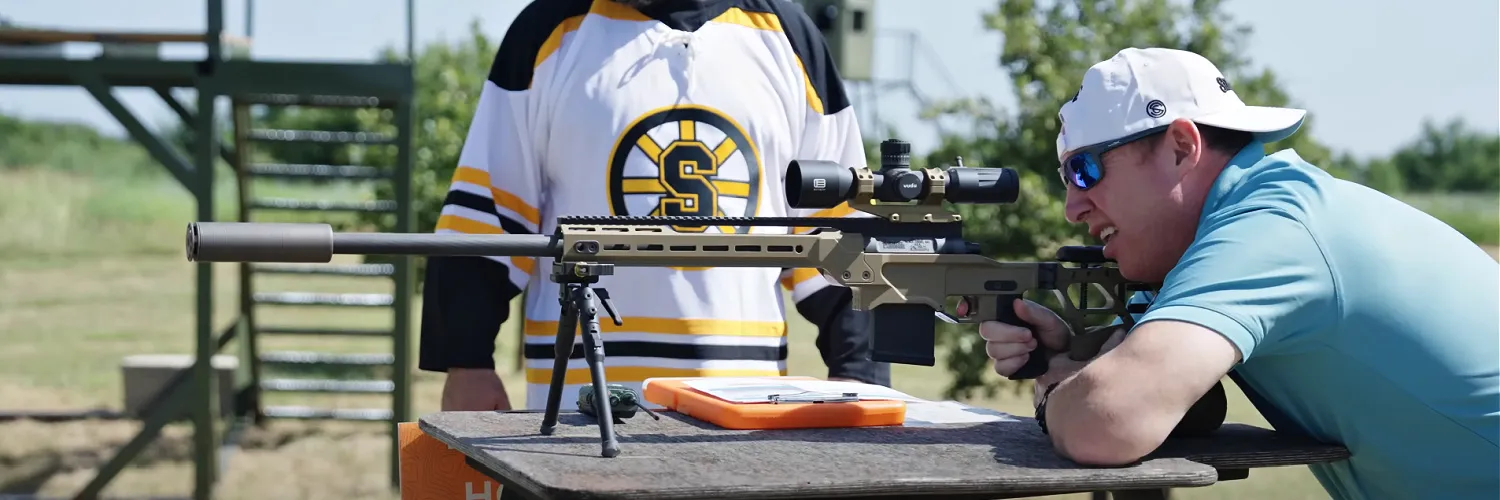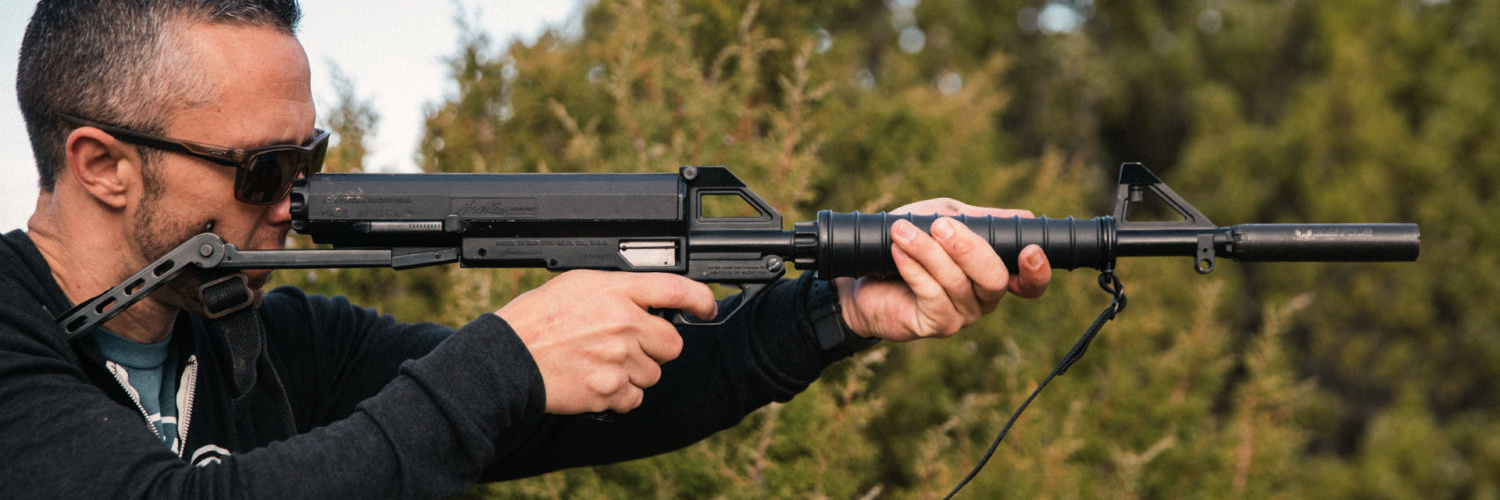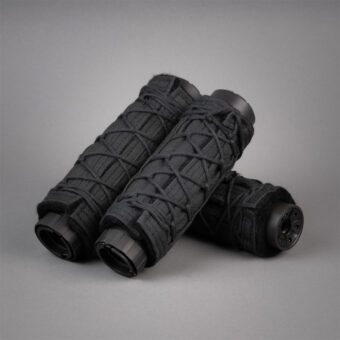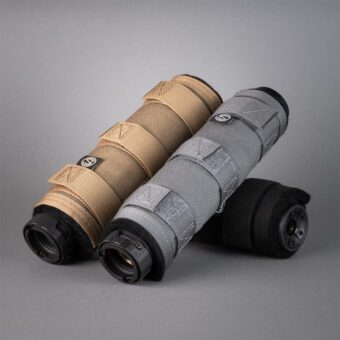Home / Firearms & Gun Parts / The Bare Bones Basics of Your EDC
The Bare Bones Basics of Your EDC
The Bare Bones Basics of Your EDC
Home / Firearms & Gun Parts / The Bare Bones Basics of Your EDC
accounts
The choice of EDC gear, particularly a weapon, is an important one. After all, you’re possibly staking your life (or someone else’s) on it. In the article below, an imminently qualified and respected SME addresses how to approach those decisions. Is it suppressor or even SilencerCo specific? No. But the thought process outlined below is one we should all be cognizant of…and perhaps apply to other important decisions and actions too. ~ editor
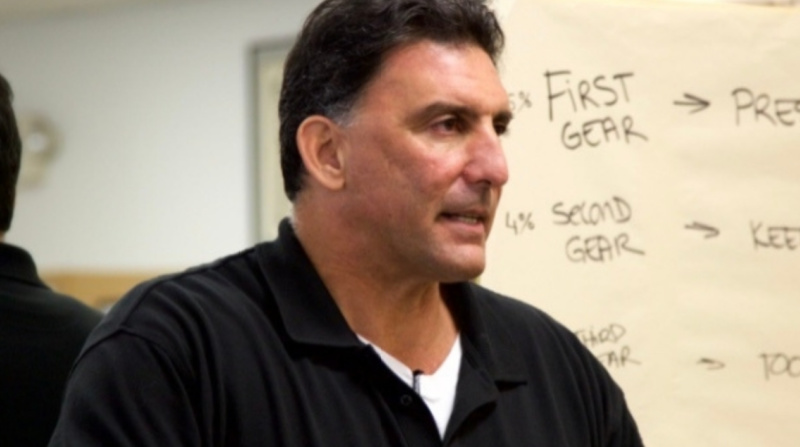
What's the best ___________?
As a full-time hard skills instructor serving both the public and private sector, I am often asked such questions as “What’s the best gun?” or “What’s the best knife?” or “What’s the best martial art?” People asking these questions want an expert opinion about a specific EDC product or a service.
The right answer to those questions is always — the easiest one, which is the one that best fits you. Pedantic as it may seem, it truly is the correct answer. A shooter with very small hands cannot operate a firearm the exact same way as a shooter with very large hands. A law enforcement officer of diminutive stature cannot manage a violent hand-to-hand altercation in the exact same manner as a physically larger officer. When it comes to hard skills used in personal defense one size does not fit all.
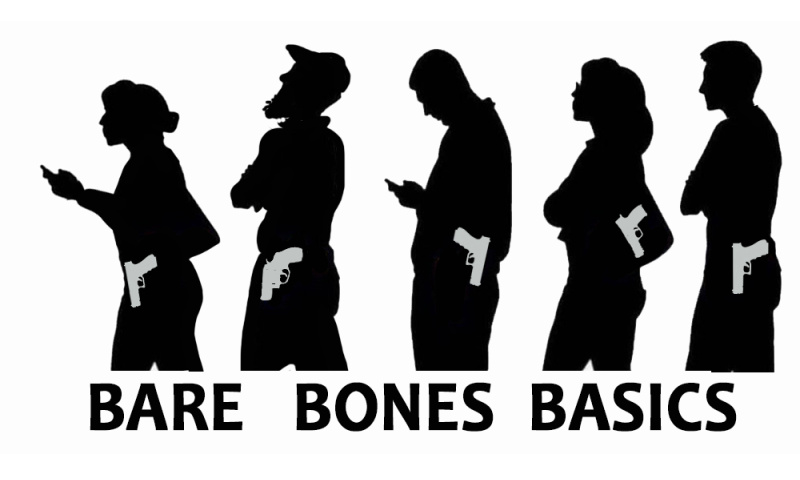
Notwithstanding an expert opinion referencing a specific product or services, those concerned about maintaining reliable self-defense are best advised to start with the bare bone basics. Self-defense is a matter of gear, physical training, and conditioning.
The best starting point is to ask, “What is my day-to-day routine and how can I best prepare for a self-defense scenario should I find myself engaging a real-world threat?” The answers to that fundamental query can be found in your basics — what you wear (attire), where you go (environment), and what you do (availability).
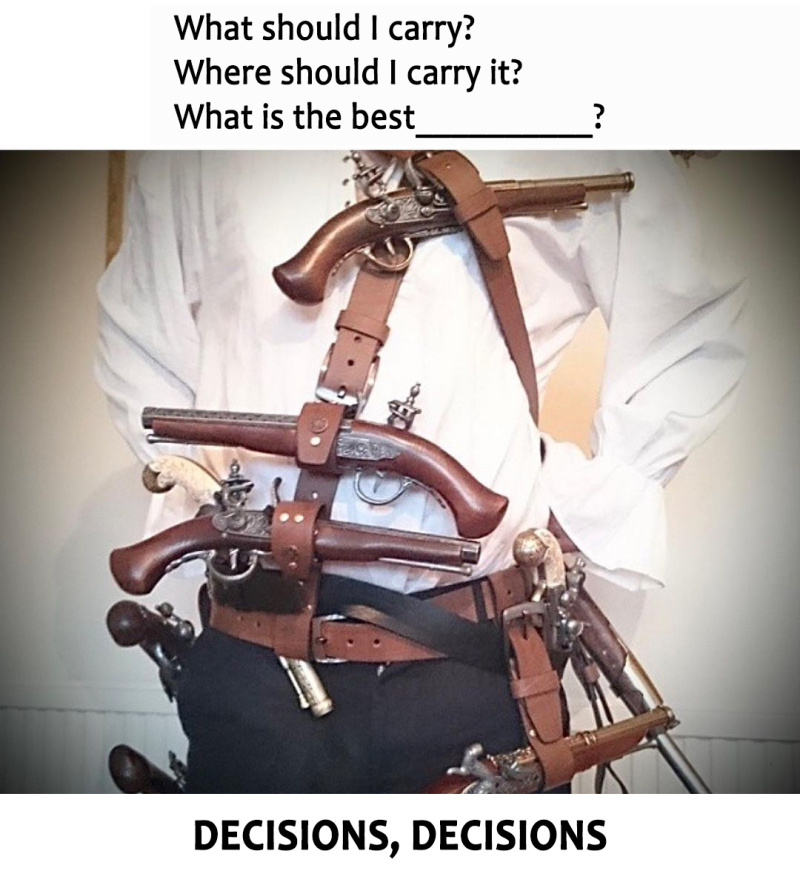
Attire
What you wear determines what type of gun you carry and where you can carry it. If you go to work every day in a business suit, then a slung carbine or holstering a full-sized handgun in an outside the garment thigh carry system would probably not be your best EDC choice.
If you choose to carry a handgun, then belt size determines your holster and mag pouch clip lengths. Will your overall physical stature allow you to carry a full-size handgun inside your waistband (IWB)? What about the same weapon with a weaponlight? Do you work in an open-carry state and/or is open carry also permitted by your employer?
Your choices for a business suit range anywhere from IWB to pocket carry to ankle holster. Traditional business suit pant belt loops can only support so much weight and bulk. Your daily attire cannot be dismissed as a determining factor in your consideration of specific EDC hardware and how you choose to wear it.
Females in the workplace have always faced the challenge of concealed carry because of attire. To this day, women continue to struggle with concealed carry handgun access, carry comfort, and rapid deployment considerations.
Environment
Depending upon where you go for work, vacation, running errands, and the like, you may not be allowed to carry a firearm by law. You are forbidden to carry a gun in any courthouse, post office, or any other federal building. Airports, schools, hospitals and other posted places of business do not permit carry.
In exigent circumstance and under extreme duress you may not be able to access your firearm in time or may be unable to take the shot for any number of real-world reasons.
Whether you don’t have a firearm or can’t use your firearm, you always want to have a backup plan to include the secondary self-defense option of either weapons of opportunity or the use of bare hands in personal defense. Using your bare hands or an ‘empty hand’ effective response would require formal training such as the martial arts. Utilizing weapons of opportunity would similarly require formal training in the Filipino martial arts or the equivalent.
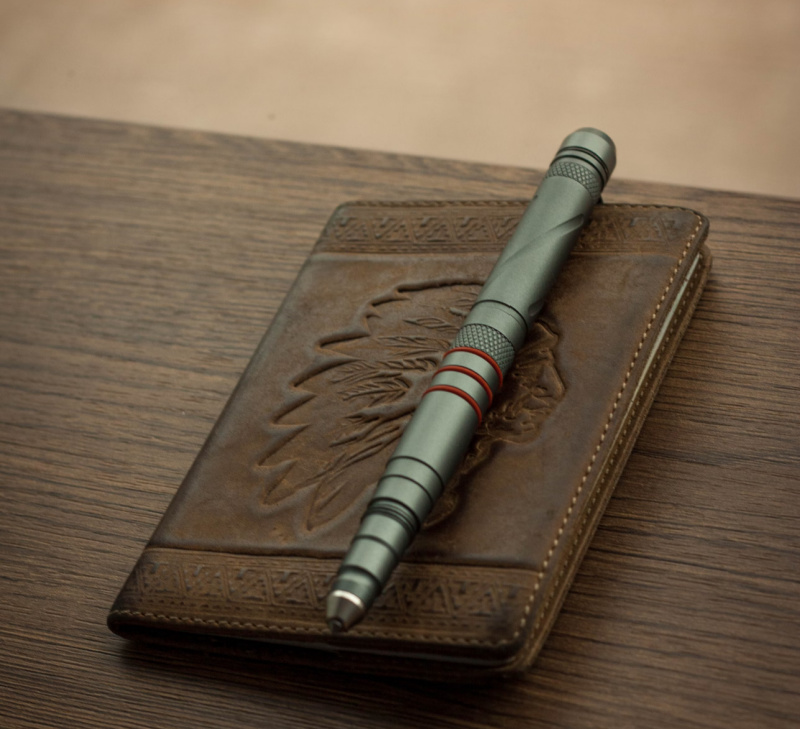
Availability
What you do in your day-to-day life can be a determining factor in what you train. If you want to be an expert mixed martial artist, then you minimally need to study ground fighting (Brazilian Jiu-jitsu and the like), stand-up (boxing, kickboxing, etc.,) and improvised weapons such as the Filipino martial arts.
If you happen to find yourself with little or no daily responsibilities, then you have copious amounts of a commodity called time at your disposal. On the opposite end of that spectrum, if you are gainfully employed, have a family and/ or other important responsibilities, then time can be quite limited. Either way, to take on a study in self-defense with any martial art requires a bare bones minimum of three hours a week. However, six hours a week is recommended for practical application and long-term gains.
Your current responsibilities determine your availability and resources needed to support a long-term commitment such as learning street-applicable self-defense or defensive tactics.
Deep down inside we’d all like to have the hands-on skills of Jason Borne in our proverbial tool kit but realistically, do you have the time and resources to train at the range three days a week, train at the dojo for another three days, and then devote that remaining day to defensive driving?
Most of us normal earth-walker taxpayers don’t have such time and resources at our disposal to take on such over-the-top endeavors. However, we can always find time for the bare bone basics.
You can always dry fire for even five minutes a day and it costs you $0 in ammo expense and drive time to and from the range. You can go for a run or hike or walk, or ride a bike before, after or during a lunch break at work. At other times you may be able to steal away to a gym, a yoga studio or pool to stay physically active. You can take five minutes a day to stretch.
It’s not necessary to spend copious amounts of time and money on the bare bone basics, but it is necessary to do something to maintain enough strength and flexibility to endure a violent physical altercation.
What is the best EDC gun out there? The one with which you are the most proficient. What’s the best EDC knife out there? The one that perfectly fits your operational profile. What’s the best martial arts out there? The one that you have dedicated the time, effort, and commitment to master. However, given your current set of life circumstances, you can always rely on the bare bone basics.

Steve Tarani
Steve Tarani is a former fulltime CIA protective programs employee, small arms and defensive tactics subject matter expert who served on POTUS 45 pre-election executive protection detail. He is the lead instructor for NRA’s non-ballistic weapons training program offered nationally and a widely recognized SME on matters of self-defense, situational awareness, what some call “urban survival”, and related matters. Tarani is also a DoD and FLETC-certified federal firearms instructor who has been on staff at Gunsite Academy (AZ) as a Rangemaster for over twenty years. Formerly sworn, he is also a former federal contractor and service provider for the US Defense Intelligence Community, US Naval Special Operations Command and other government agencies. Additionally, Tarani serves on the National Sheriffs’ Association Committee for School Safety and Security.


